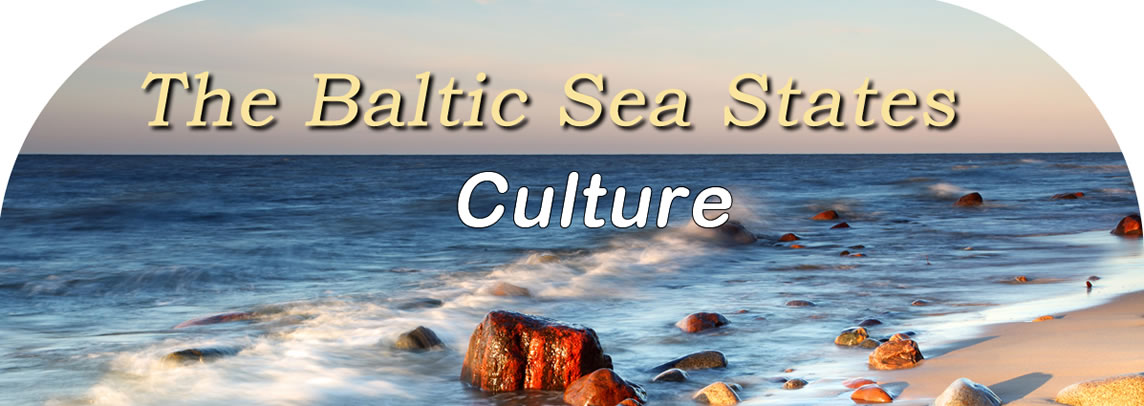
The culture of Estonia The Republic of Estonia is the most prosperous and progressive of the three Baltic nations in Northern Europe that were formerly a part of the Union of Soviet Socialist Republics. Estonia's culture combines a history that goes back to Iron Age settlements in 12000 BC with a bustling renaissance of fresh ideas and business development that characterizes so many of the countries emerging from the shadows of Russian domination. Estonia has one of the highest Internet penetration rates in the world, and is one of the few countries that has successfully enabled Internet voting in government elections. Estonian History Although Estonia is a Baltic country, Estonians do not identify with Baltic culture. Rather, Estonians see themselves as a Nordic or Scandinavian culture. The Estonian language is closely related to Finnish. Throughout much of the Middle Ages, Estonia was under Danish rule. In 1561, Estonia came under the territorial control of the Kingdom of Sweden. After the Great Northern War between 1700 and 1721, however, Estonia was incorporated into the Russian Empire. Estonian nationalism was a popular cultural movement throughout the 19th century and this helped to sustain a distinct Estonian cultural identity at a time when nearby Latvia and Lithuania were struggling to retain their cultural identities. In 1920, following the Russian Revolution, the Republic of Estonia declared its independence. In 1939, Joseph Stalin and Adolph Hitler divided Europe into spheres of special interest, allowing Russia to regain political control over Estonia once again. Estonia suffered staggering losses during World War II, amounting to roughly 25 percent of the nation's total population. At the end of World War II, Estonia was annexed as one of Russia's satellite nations in the USSR, a move that was never recognized by the majority of European nations. In 1988, the Estonian Sovereignty Declaration was issued, and in 1991, Russia recognized Estonia's independence. Estonian Literature, Music and Cinema A distinctive body of Estonian
literature did not begin to flourish until the 19th century when the
Estonian national movement inspired the collection of oral Estonian
folk legends and poetry into a volume called the Kalevipoeg, which
has since become the Estonian national epic. Since 1991, Estonian
literature has become very popular within Estonia itself although it
is not very well known outside the country. The two most frequently
translated Estonian authors are the historical novelist Jaan Kross,
who was nominated several times in the 1990s for the Nobel Prize in
Literature, and cultural critic Jann Kaplinski. © Baltic21.org 2013, All Rights Reserved |
